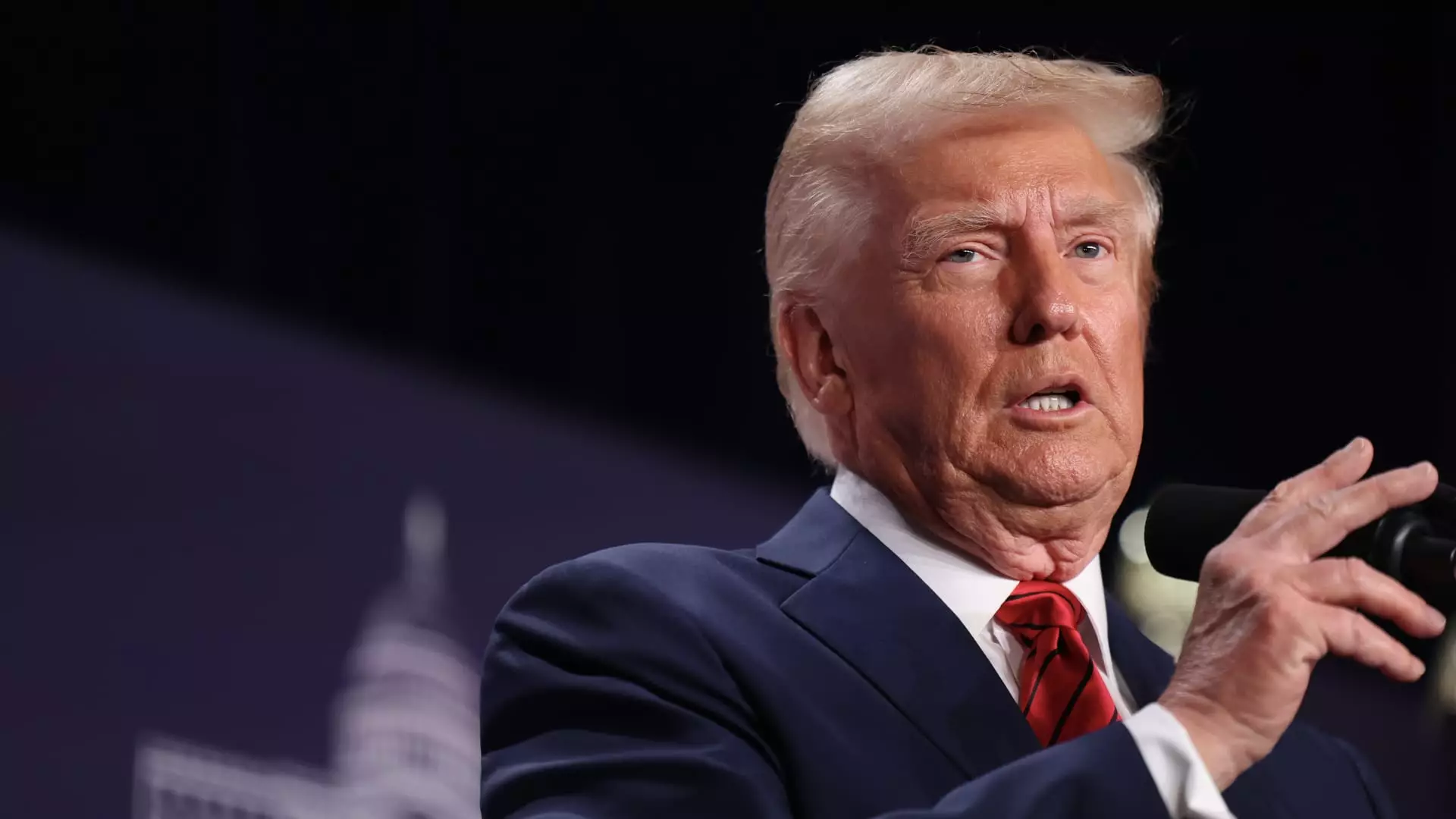Tariffs, a tool often wielded in trade negotiations, have become a focal point in economic discussions, particularly since the Trump administration proposed significant levies on goods imported from key partners such as Canada, Mexico, and China. As the first set of tariffs comes into effect on February 1, 2024, it is essential to analyze not just their intended impact but also the broader economic ramifications that could follow. Economists and experts are raising alarms about the consequences that American consumers and businesses may face in the wake of these policy decisions.
Presidents have historically used tariffs to protect domestic industries, claiming that they prevent unfair competition from abroad. During his campaign and subsequent presidency, Donald Trump has often discussed tariffs as a means to enhance the U.S. economy by protecting American jobs and industries. The proposed 25% tariffs on goods from Mexico and Canada, along with a 10% duty on imports from China, are justified as measures to stimulate domestic production.
Yet, this approach has drawn significant scrutiny. Prominent economists, such as Mary Lovely of the Peterson Institute for International Economics, argue that the purported benefits of tariffs are hard to identify. Lovely has pointed out that while tariffs may temporarily protect certain industries, they often harm consumers by driving up prices and reducing choices available in the market.
The mechanics of how tariffs work reveal that they essentially function as a tax on imported goods. When U.S. businesses import products subject to these tariffs, they bear the additional costs, which are likely to be passed on to consumers. Lovely underscores this by noting that American shoppers can expect higher prices and potentially fewer choices at their local stores. For instance, staples such as avocados from Mexico and apparel from China may become significantly more expensive, placing strains on household budgets, particularly for lower-income families.
A deeper examination of the trade relationships illustrates just how integral these nations are to the U.S. supply chain. In 2022, Canada and Mexico ranked among the top sources of imported goods, while China dominated categories such as consumer electronics and textile products. This interconnectedness means that any increase in tariffs can create cascading effects across various sectors, leading to a potential spike in overall inflation rates.
One significant complexity in this situation is the lack of clarity surrounding the exemptions from the tariffs. The Trump administration has hinted at possible carve-outs for certain goods, yet the specifics remain unresolved. For instance, if Canadian oil were exempt, it could alleviate some negative impacts; however, most discussions around exemptions are still in flux, leading to unpredictable outcomes for businesses and consumers alike.
As the White House weighs its strategies, it remains a gamble. There are concerns that the government’s revenue projections from tariffs, estimated at approximately $1.3 trillion by 2035, may not align with the realities of an economy that could shrink as other countries retaliate to the U.S. measures.
Another critical aspect of the tariff debate revolves around job creation. While tariffs are often promoted as a mechanism to generate jobs within certain sectors, the reality is multifaceted. Economists like Lovely argue that the number of jobs created due to tariffs is vastly exaggerated. For every job supported in steel production, there are 80 jobs within industries that utilize steel. This indicates that the collateral damage of tariffs might lead to job losses far exceeding any gains in protected sectors, a point echoed by other analysts who caution against a wide reliance on tariffs.
Moreover, with retaliatory measures on the horizon, there is a genuine risk of sparking a trade war that can lead to widespread job losses across the economy. With China as a key player in global trade acting as both a competitor and a partner, the ramifications of retaliatory tariffs could ripple throughout various sectors, affecting U.S. producers and leading to a decrease in international sales.
The impending tariffs from the Trump administration represent more than just a shift in trade policy; they signal an evolving landscape in which American consumers, businesses, and the economy as a whole may feel the pinch. The arguments surrounding their effectiveness add layers of complexity to an already intricate economic system. As consumers brace for higher prices and reduced choices, the uncertainty surrounding how these tariffs will be implemented and their long-term ramifications leaves much to be desired in clarity and stability. In navigating these turbulent waters, it is crucial for policymakers and economists alike to prioritize careful analysis and, more importantly, to consider the broader implications of tariff-driven strategies on the fabric of American society.

